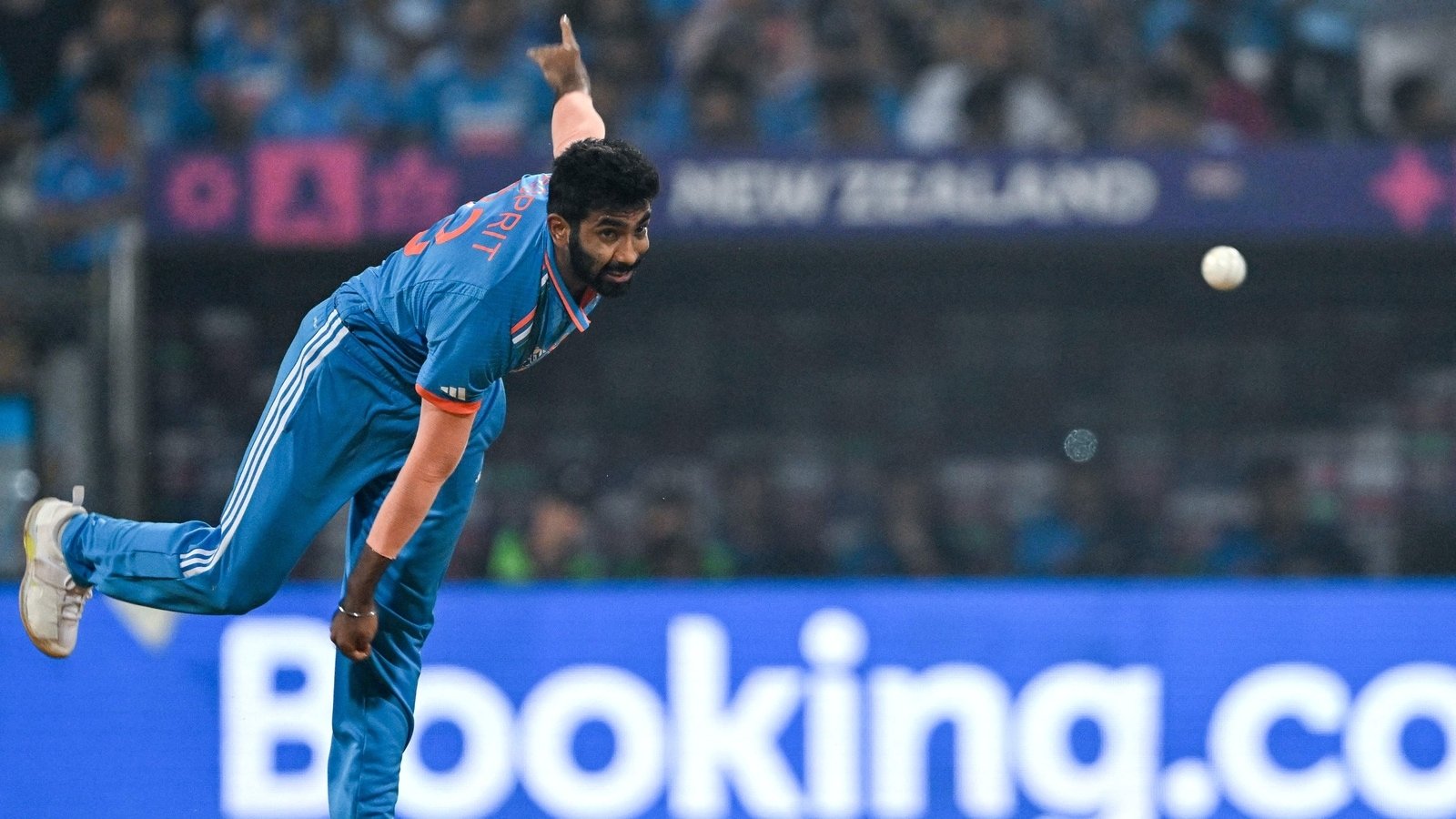Cricket
Two balls or one: Will reverse swing help ODIs rise again? | Cricket
[ad_1]
With the continued rise in popularity of the T20 format, which provides quick thrills to fans and big bucks to players, there is a question that administrators and experts have pondered over for a while now: what is the future of One-Day International cricket? The ongoing 50-over World Cup, being held in the country that has the largest fan base for the sport, was meant to provide an indication. But now, with 47 matches done and just the final left to be played, the sense of uncertainty seems to remain.

It’s been a record-breaking World Cup, in a way. Glenn Maxwell hit the fastest century and double-century, Virat Kohli broke the record for most runs by a batter in a single edition, South Africa registered the highest team total, Pakistan achieved the highest successful run-chase, and four of the top five highest match aggregates are now from this World Cup.
As you would’ve realised, though, it’s the batters who have dominated and broken most of the records. Despite one match still remaining, this is the first time more than 24,000 runs have been scored in an ODI World Cup. It’s also the first time that 350-run team totals have been achieved on 13 occasions.
The major criticism that ODIs have received for several years is that they aren’t engaging enough through the middle overs. As this World Cup has unfolded, though, there is another question that has gained relevance: are such extreme batting-friendly conditions the real concern for this format?
In a long-drawn 10-team tournament such as this World Cup, there have been way too many one-sided contests. Depending on how you look at it, only nine of the 47 matches have been truly competitive.
Granted, a T20 tournament, because of its shorter matches, will always provide more close contests. But at the end of the day, just one of every five games in a World Cup being competitive simply doesn’t help the 50-over format’s cause. And much of it probably comes down to the aforementioned dominance of the batters. There are more chances of a team chasing over 200 in a T20 than 350 in an ODI. In this World Cup, for instance, the team that scored over 350 batting first won 12 out of 12 times.
One crucial factor that has gone against bowlers is the usage of two balls in each inning of an ODI, a rule that was introduced in October 2011 and termed the “perfect recipe for disaster” by Sachin Tendulkar in 2018. It has led to the decline of reverse swing, which is something Australian pacer Mitchell Starc and former Pakistan captain Waqar Younis highlighted over the past week.
“ODI cricket is too friendly for batters Suggestion @ICC 2 new balls to start, take away 1 ball after 30 overs, continue with the other,” Younis wrote on X. “At the end that ball will only be 35 overs old. We’ll see some reverse at the end. Save the art of #ReverseSwing.”
In an interview with Cricbuzz, Starc added: “I still think it should be one ball not two. The ball stays harder for longer. As we’ve seen here, the grounds are quite small, wickets are flat. If anything in world cricket, wickets have gotten flatter and I think if you look at some of that old footage when they bowled with one ball, reverse swing comes into it a lot more. That actually brings the bowlers back into the game, and I don’t think it’s any secret that one-day cricket and probably T20 cricket as well is a batter’s game and bowlers just have to hang on.”
The usage of just one ball, or two for only the first half of an inning as Younis suggested, would indeed help in bringing back reverse swing. That could lead to smaller totals which, in turn, could lead to closer contests. Chasing teams would have the chance to grind their way towards a target rather than take risks and lose wickets.
But the question then goes back to why the two-ball rule was introduced in the first place. For a cricket purist, so to say, the ball reversing and bowlers having more of a say would undoubtedly be appealing. But for an average fan, who is a key stakeholder in the sport, does the constant flow of boundaries provide a bigger thrill? Is it a sort of comfort viewing that has a greater repeat value?
With two balls used for the entire duration of an inning, there has been an increase in fours and sixes at the death. While the entertainment quotient of the middle overs continues to remain a concern, the return of reverse swing could lead to fewer fireworks even in the later stages. Will that help in securing the future of the format or prove to be counterproductive?
The fact is that there isn’t a simple solution to this. If there was one, we would’ve known it by now. Having said that, the ongoing World Cup has shown that ODIs are getting progressively one-sided. The need for change seems undeniable.
[ad_2]


















